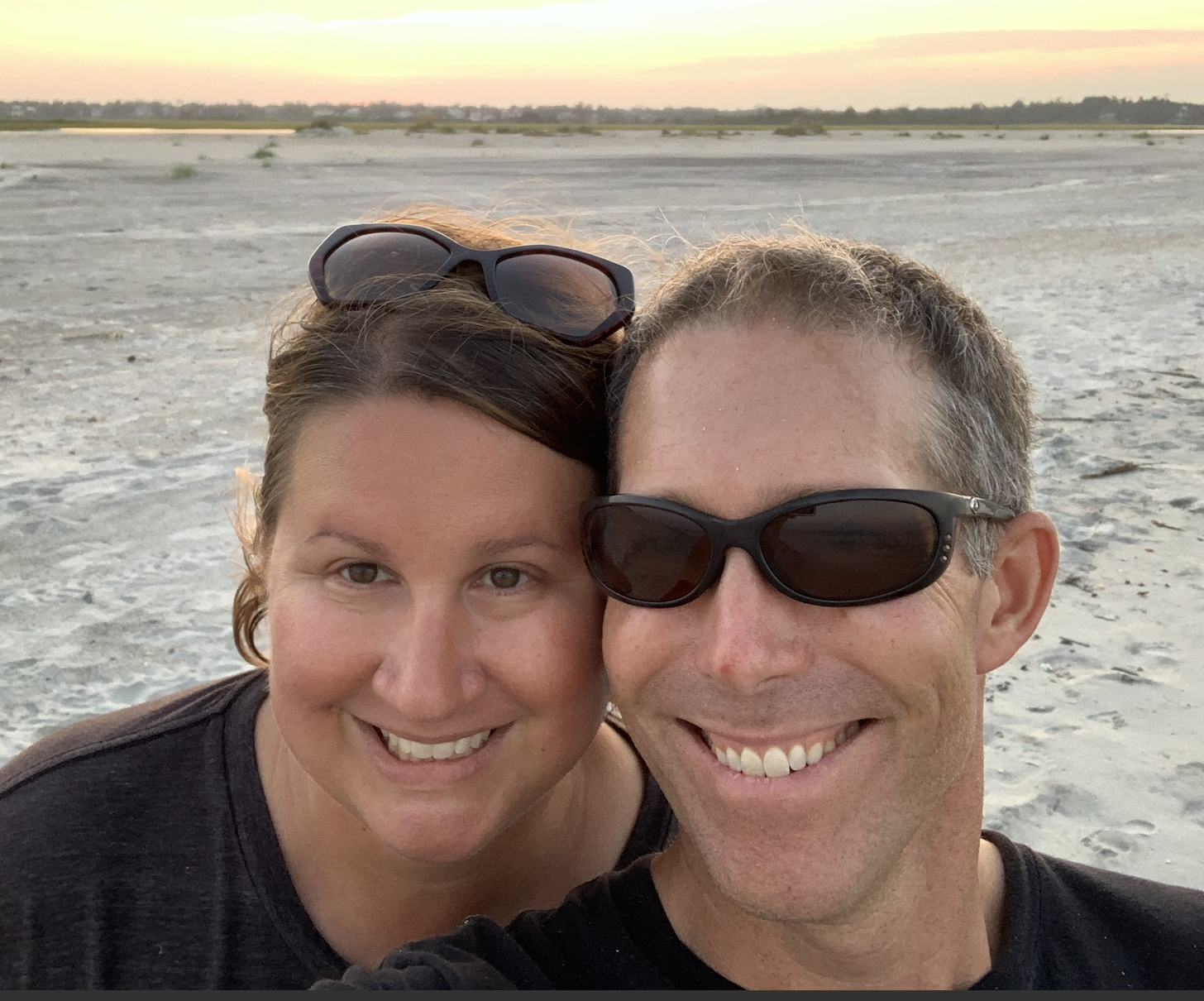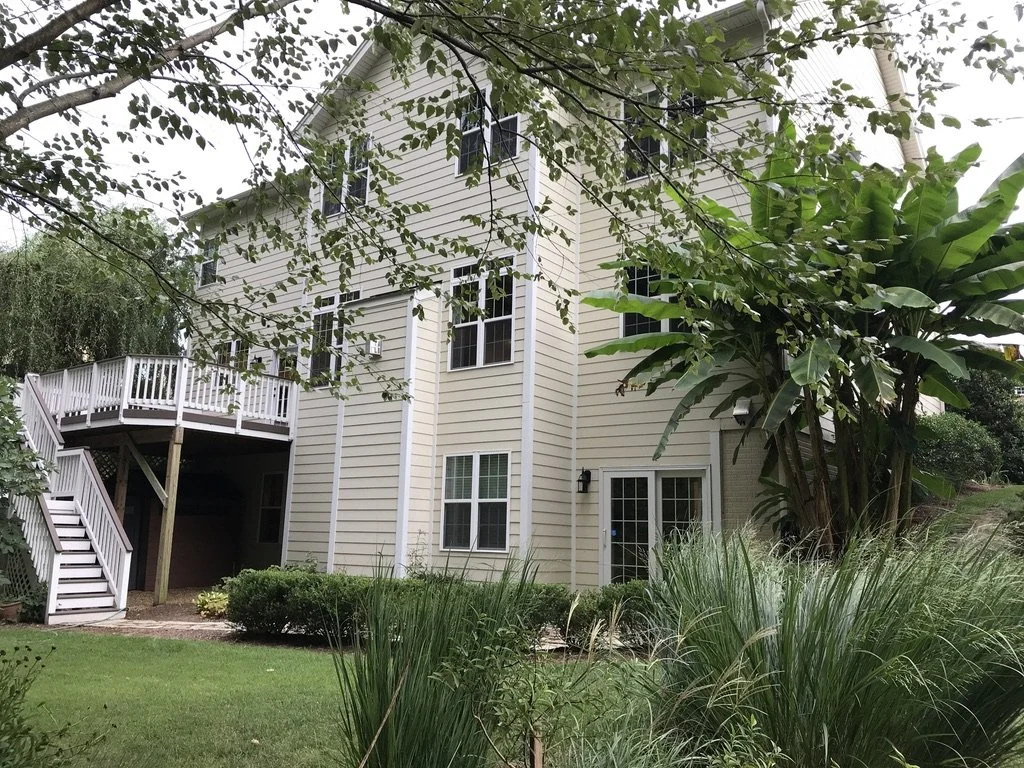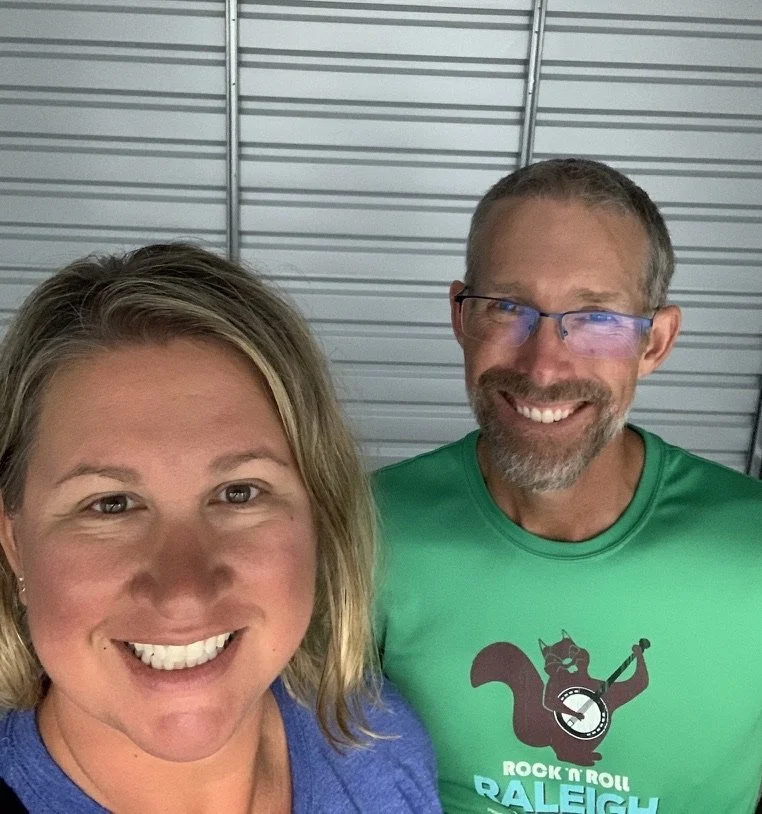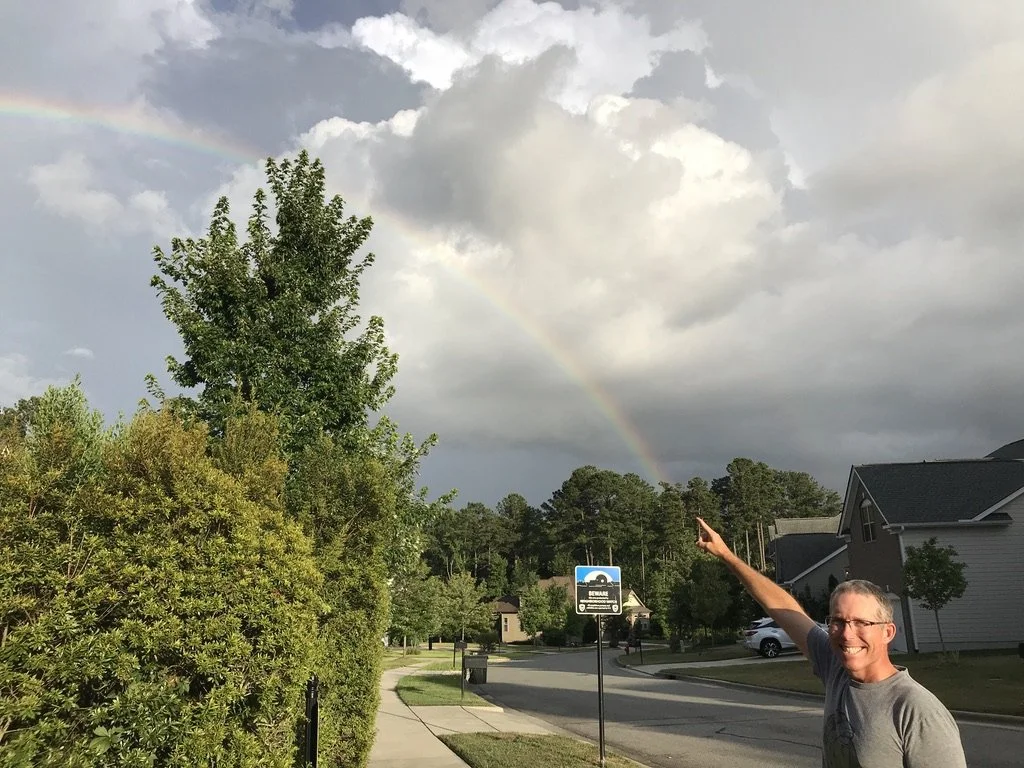Our Financial Independence Origin Story
A lot of financial independence stories start with tales of extreme frugality, target savings rates, striving to reach a specific nest egg number, and planning out retirement dates.
But this isn’t that kind of financial independence story.
Instead, my husband Darren and I found out we were financially independent more by accident or serendipity. At first, we did nothing with this realization. But as time passed and our priorities changed, we started to make moves. In two years time, we’d sold our home, our cars, and 90% of our possessions—and then we hit the road full time with nothing but our luggage.
What is Financial Independence?
For us, financial independence was having enough passive income and investments to pay for our living expenses for the rest of our lives, while only working if and when we want to (rather than need to).
For a more thorough explanation of financial independence, check out this Wikipedia article.
Day Zero: 18 September 2018
On what later became our Day Zero (18 September 2018), we went to visit our 401(k) plan administrator representative.
Getting our financial documentation in order was one of those things we’d placed on the annual to-do list. In August 2018, we had both been part of a corporate divestment, which triggered the need to move our 401(k) plans to another plan administrator.
In our meeting with this representative, she combined all of our assets into one dashboard, something we hadn’t yet thought to do. During this process, we also uncovered some 401(k) monies from a previous employer that were still in the care of this new administrator.
We were pleasantly surprised with the amount on the screen. Up to this point we had been investing through withholdings from our paychecks but had not been actively tracking those investments. Since we didn’t have kids, we put as much into our 401k as possible since we didn’t qualify for child tax credits. In other words, we’d been investing but not tinkering with our investments or tracking them closely.
The representative then asked us about our income and monthly spending, and we entered those numbers with her on another screen. Then she asked us when we thought we might went to retire. We’d never discussed this, however we both said (in unison) “How about 55?” Without blinking, she said, “Yes, that is doable.” We were 43 and 45 at the time.
We had no idea what had just transpired. We were thrilled at the idea that we might be able to shave off 10 - 12 years of the corporate grind from our lives if we stayed the course. Walking to the car we joked, “Maybe we should have told her a younger target age!”
Side Hustles, Passive Income, and Pat Flynn
In the months leading up to any corporate divestment, employees are naturally nervous and may be asking themselves things like: Will I have a job? Will I have a new boss? Will I like my new boss? What will the new company culture be like? Darren and I were asking these questions, and many others.
In the best case scenario, we would both end up with the same company and not much would change. Another scenario, one we thought would be most likely, is that one of us would have to move and the other one would need to restart a career at another location. In the worst case scenario, we would both eventually be out of work.
As we thought about the options, the first option became less appealing—ten more years each in the same line of work. Maybe, we speculated, one of us could keep working and the other should start entertaining the idea of entrepreneurship.
The subdivision we lived in had a number of entrepreneurs, side hustlers, and real estate investors. I was a little surprised at this, as I once thought of side hustlers as Millenials driving for Uber and living in trendy loft spaces downtown, not as mid-career individuals living in the suburbs. We learned that there are endless ideas for side hustles for all kinds of people, and that there are podcasts and conferences one can go to to learn more. We quickly consumed the podcasts of Pat Flynn and Chris Guillebeau. I’d read some of Chris’ books and didn’t know he was also in the Side Hustle space.
Both of these authors encouraged budding entrepreneurs to just start something and then assess and pivot. So, I started working on a wine tasting business and affiliate blog and Darren got interested in being a boat captain. Through our trial-and-error experiences and consuming hours of podcasts, we learned a lot about the local entrepreneur space, personal finance, and different ways of living, traveling, and working.
People are Not Boxes
So, back to that corporate divestment. Darren and I were dipping our toes into the entrepreneurial space, with the thought of an early retirement at the back of our minds. Meanwhile, it became clear that large multi-national corporate acquisitions take a lot of resources and planning. The lead-up to these events (which is often years) can result in large chunks of working hours spent away from normal job duties to prepare for a divestment, deliver on integration timelines, and start delivering for the acquiring company as quickly as possible. All with the expectation that “business continues as usual”. Anyone who’s been through a corporate acquisition or divestment can likely relate. Perhaps this is why the outcome of the majority of corporate acquisitions are not considered successful.
Add a red-hot real estate market where home values had doubled in less than 10 years, a 10+ year bull financial market, and a pandemic where more “business-as-usual” is expected on the heels of a divestment, it doesn’t take an MBA to figure out where involved employees might be heading. Hint: It’s not enthusiastically asking for more of the “same old same old.”
Selling a House During Covid-19 Lockdown
While out for a walk one sunny January morning in 2020, we saw a For Sale sign in a neighbor's yard. We hadn’t seen a For Sale sign for quite a while in our neighborhood. We looked up the asking price and were shocked—double what we had paid for our similar home 10 years before, and much more than other houses had sold for the last time we checked. Within a few days, their house sold. We decided it was time to “cash out” by selling our house and moving to a rental.
Playing With FIRE
While preparing to sell our home in early 2020, we came across this documentary on Netflix. It was a story of a professional couple with a small child and their journey to financial independence. It’s because of this film that we discovered the FIRE (Financial Independence, Retire Early) community. Thus began another deep dive into podcasts, books, and all the resources we could get our hands on. Now, we were dipping our toes both into entrepreneurship and early retirement.
Jolene Quits Her Corporate Job
I had planned to stay with the new employer at least until August 2021. However, on 29 March 2020, I went to the hospital with strange symptoms which turned out to be a pinched nerve in my neck and a bulging disk. The same day, I also had my highest affiliate revenue so far from my affiliate marketing blog (aka, my side hustle). It was a sign.
On April Fools Day 2020, I resigned.
The First Day After The Great Resignation
Though I resigned on April Fool’s Day, my resignation was not a joke. I was done with the corporate world. I wondered what it would feel like not to wake up and go to work. In fact, by this point, I’d read a number of articles and blogs and had binged several podcasts on what to expect on the first day of not working.
As it turns out, on my first day of no W2 job, we awoke to news that we had a cash offer on our home and proceeded to accept the offer. So much for a relaxing day! The house sale went through and over the course of the next year, we worked on downsizing. We sold or donated much of our furniture and other material possessions and moved into a smaller house.
Darren Quits His Corporate Job, Too
After ten months of observing me enjoying life without a W2 job, Darren decided “I’ll have what she’s having!”
He saw a few “signs” of his own, and soon decided to follow suit, resigning from his corporate career. With no careers holding us back and a whole lot of freedom in our future, it was time to hit the road. We were nervous and excited—but also sure of our path.
Life is in the Transitions
Some people leave W2 employment to escape from something. Some leave to move toward something. While Darren and I both found our careers rewarding and fulfilling in many regards, we came to realize that we wanted to travel, spend more time together, and go on fun adventures.
We recognize that our ability to leave work is a luxury and many people live in poverty. Having grown up in the Great Plains in the 1970s and 1980s, we were directly impacted as children by the hardships of the Farm Crisis, a now almost forgotten economic crisis that impacted millions of farmers and families. We know people who lost their homes and multi-generational farms due to debt or low commodity prices. We observed our parents and relatives dealing with employment and food insecurity. Having lived through this bleak period and not wanting the same experience, we put ourselves through college and graduate school and moved East for employment opportunities. As a young couple, we started with nothing, became diligent savers, and made saving a priority, both working for decades to arrive at this destination.
We also had the privilege of traveling a great deal throughout our corporate careers, both for work and for pleasure, and we are thankful for the opportunities that we’ve had. We simply came to recognize that we had the means to do something different with our time. Today, there are plenty of things we want to do and many more places to go.
However, the days of planning a linear path to a new destination no longer exist.
Our experience has been that there is no linear path. Rather, as stated in Life is in the Transitions by Bruce Feiler, “Our lives no longer follow the traditional, linear path…the world no longer adheres to predictable, linear mandates. Instead, life is filled with chaos and complexity, periods of order and disorder, linearity and nonlinearity. In place of steady lines, observers now see loops, spirals, wobbles, fractals, twists, tangles, and turnabouts.”
Come follow us on our twisty, curvy journey.
A little about us: We are full-time home-free travelers. In our mid-40s we sold our suburban home, quit our corporate careers before it was called the Great Resignation, sold almost all of our belongings, and hit the road to slow-travel the world. Some links in this article are affiliate links, meaning if you click through we may earn a small commission to help cover hosting fees and software at no extra cost to you. Thanks for reading our blog!



